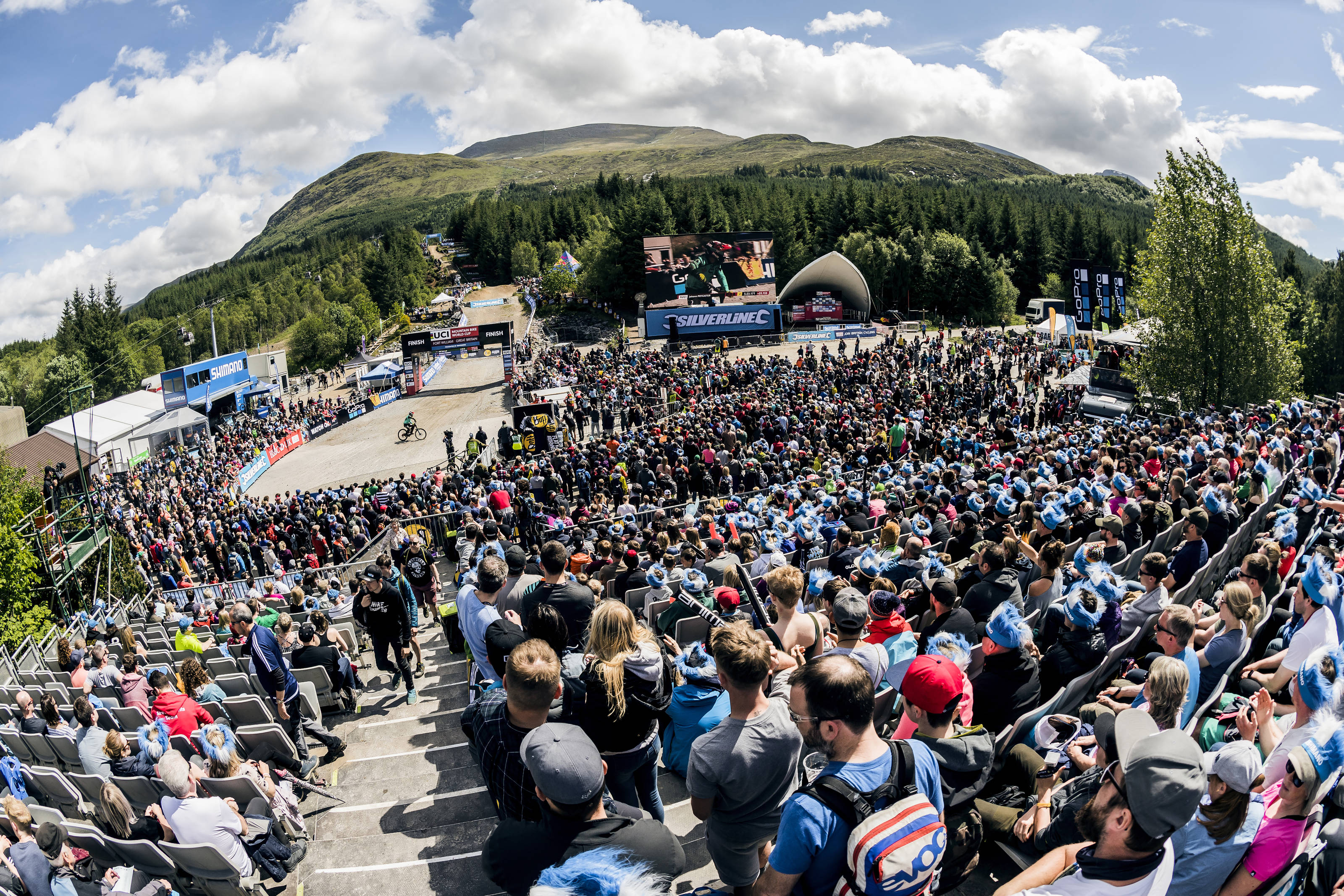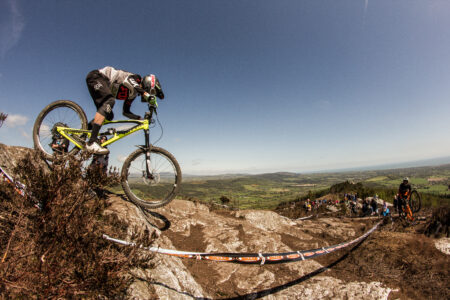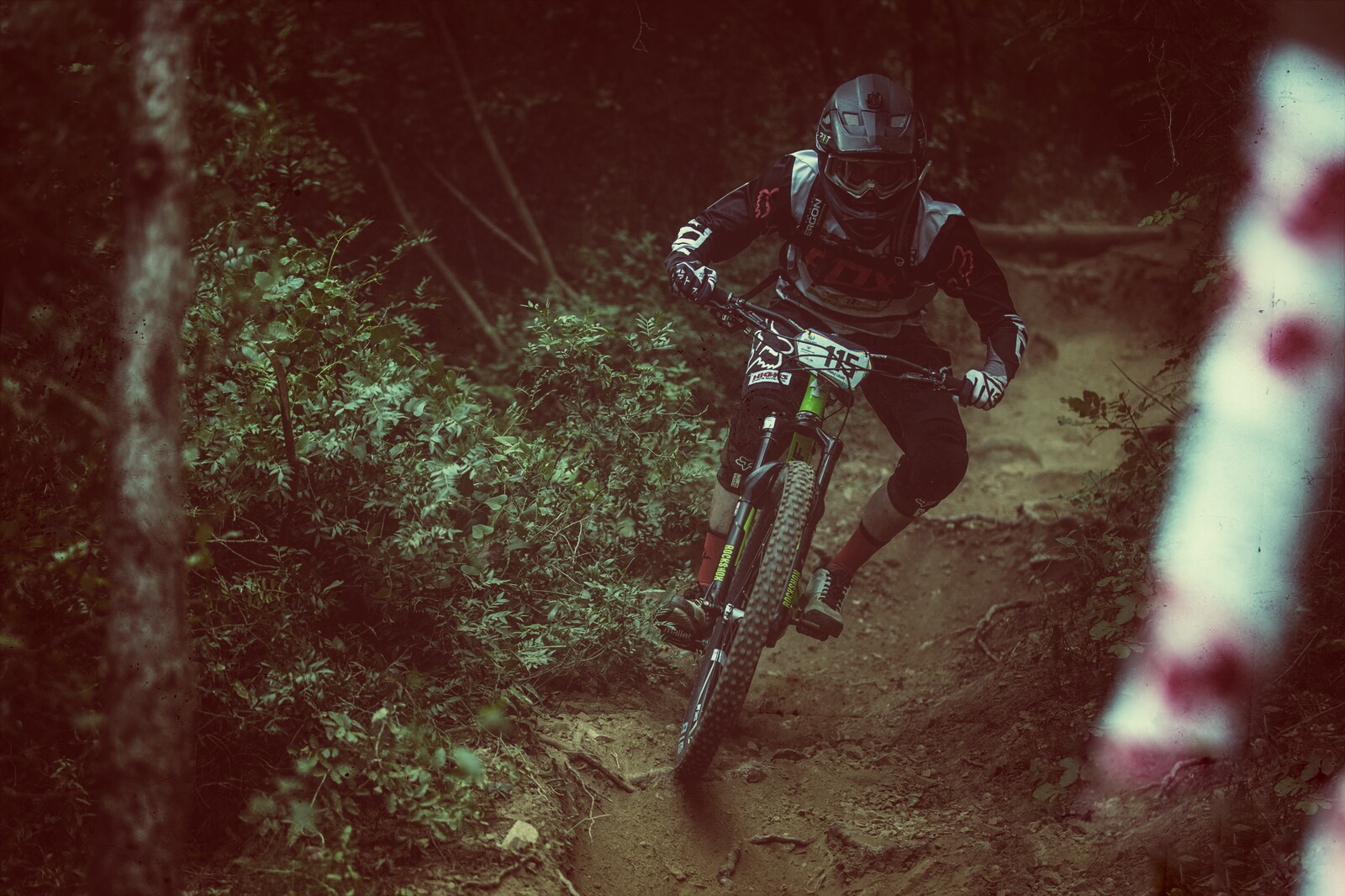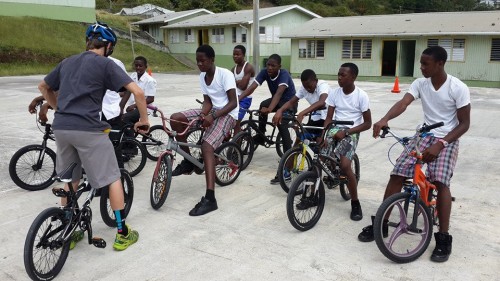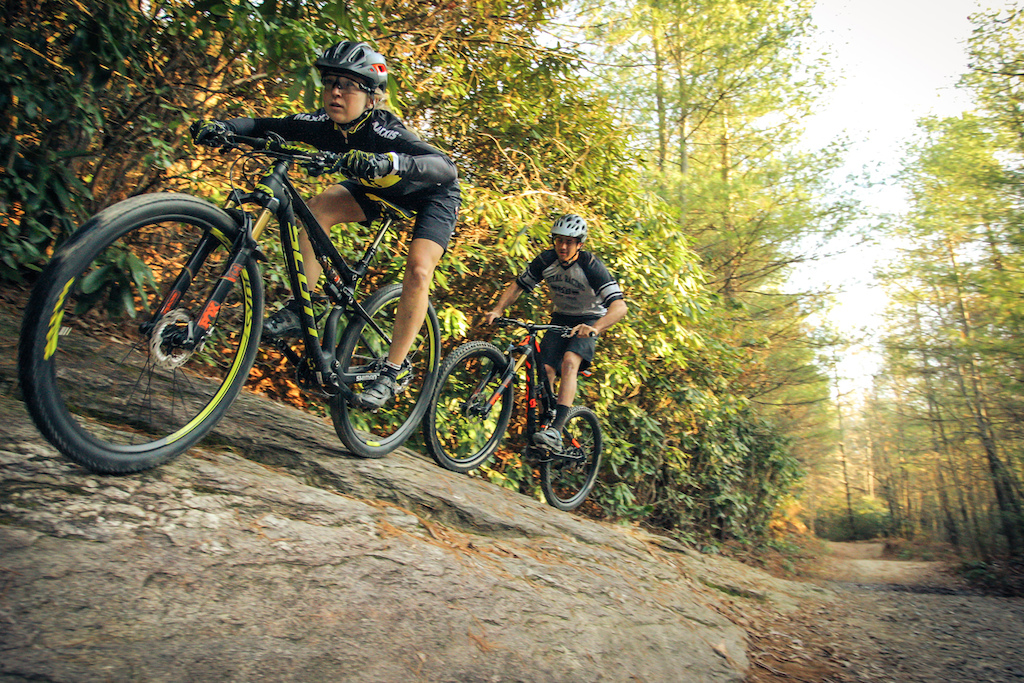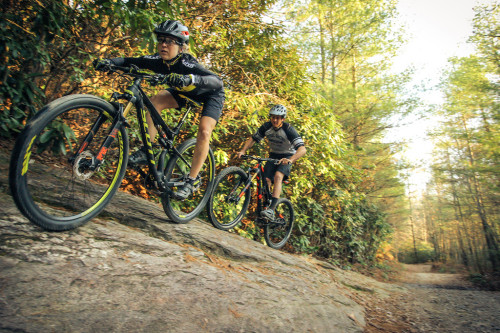Now we’re eating road! Back to back World Cups are what we all want, like other series at the pinnacle of performance in their disciplines and sports, the rolling weekly circus keeps the fans, media and spectators keen, with not enough down-time between events for the lingering taste of race day blood to dissipate!
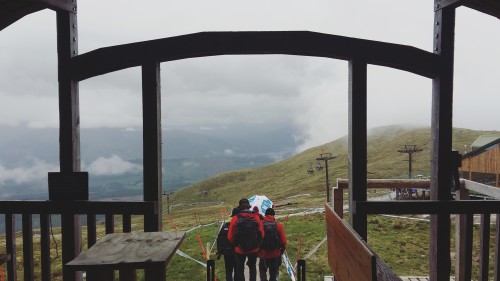
Fort William needs no introduction, nor does Leogang. It’s wall to wall hardpack and balls to the wall speed. One track held in high esteem, “Fort William’s” Nevis Range monster snaking it’s way down Aonach Mòr, sixteen years after its debut as a world cup it’s still crunching wheels, hurting bodies and crushing dreams! Leogang’s “Speedster” track has gotten progressively faster, straighter and arguably easier in recent years! But as we’ve said before, easy doesn’t mean simple and racing it well seems to be something that eludes many riders, male and female, with time gaps between 40th and 1st always wider at the much “easier” Leogang compared to its Scottish counterpart.
As race week for round 2 in Fort Bill has just landed the excitement seems genuine, the riders, racers, fans, teams, staff and media are beyond keen to get racing….training no matter how real, how “specific” or meticulously planned becomes monotonous, stale like bread! So you’ll se a glut of social media ramblings about how excited everyone is to go racing. Even though the track is well, the same it’s length, physical challenge and speed seem to keep the riders attention captivated. No let up! The same seems to hold through for those who put in test time and British national race time too. Although the risk of coming in over-down and as a result being underwhelmed come race day is real. In the men’s field it has happened plenty in the past and will be the case again today. There’s a lot to be said for testing and training under the eye of the clock, but the dosing can tip over into the too much of a good thing category quite quickly especially with the much needed principle of variation being so tough to come by at the “Fort”! Those with that winning formula know the value of down-time, the off switch and variety of stimulus.
Leogang, as I waffled about in the 2017 edition of “Hurly-Burly”, is a venue that everyone loves. The track takes a bashing from those who skirt the top ranks, but the venue is simple, central, efficient and stacked with quality accommodation! So invariable riders and staff moods are high, food is good and with a few days down time between events most people hit Friday’s Day 1 practice with fully stocked motivation. 2017 saw some serious safety issues with riders having to judge entry speeds (at nearly 80 km/h) for the final jump but otherwise the track was the same old story, gone were the rock gardens, up went the speeds. Should this track be raced every year…..no is my answer! But it always seems to provide an spectacle in all categories come race day. So mouth shut and tools up!
Controversial?
Fort William’s bog, lets not call it a wood, but 2017’s bog is gone, gone forever. Now like the Leogang rock gardens of years past it’s man made rock sections. The replacement for the “bog” of 2017 is awkward as nature never intended, but from the rider feedback to date the section provides a good challenge and an interesting break in rhythm from the high speed, new in 2017, section just above there. Coming storming in, arms tingling as you anchor down heavily!
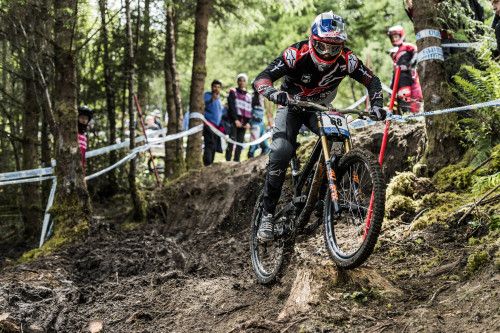
So with this new addition after last years bog protests the famous Fort Bill track is 100% hardpack and with a record dry spell hitting the highlands the loose over hardpack will become more and more treacherous as race week wears on. Meaning, potentially, that like so many of 2017’s sweltering races the word of the week will be patience. Pushing as hard as traction allows where it allows it and being supremely patient not to push to hard to often in sections that don’t warrant or reward it. For such a wild piece rocky hill, lightness of touch always seems to pay come race day.
Have got, need not!
“Skill” is the application of the right technique at the right moment in the appropriate dose to achieve a desired movement outcome. Well that’s my definition at least and neither fort Bill nor Leogang demand the full spectrum of MTBers technique toolbox. Again though that’s not to say that neither track provides a challenge, they just don’t provide the full spectrum of challenge like a circa 2007 Schladming did or arguably Mont Sainte Anne does to this day. What 2018’s rounds 2 and 3 do demand though is pristine mastery of high speed change of direction, pumping and crisp choice of lines over the granite boulders of Fort William.
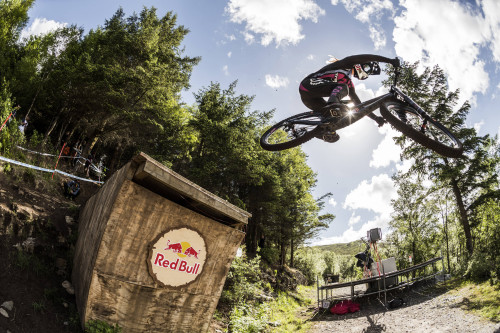
Some Stats
Benchmarking changes or improvements in the ladies field off of the performances of their male counterparts allows us to dig into both inter and intra individual changes quite nicely. Always keeping the “context” of any result up front and centre. Fort Bill’s physicality sees bigger percentage gap between the ladies and men’s winners. So a winter of smartly heavy strength work for the ladies could see that gap drop just a little. Defining worthwhile meaningful change is a real challenge. Comparing two fast dry races like 2015 and 2017 in Leogang, we saw that the ladies winners, Atherton & Seagrave respectively were both exactly 30 seconds behind the male winner Gwin. Following a similar line of investigation, 2014 was an odd season for the male field and as mentioned above longer tracks = bigger sex gaps. Expression of Strength being the defining characteristic of performance?
The list of potential useful statistics coming into these two races is long. Therefore huge Potential for paralysis by analysis. Pretty stable track layouts when comparing too previous years means “key sectors” can be dissected. Past performances of individuals lined up with present performance potential in the light of current constraints is the essence of using analysis and stats to your advantage. Always remembering that while the clock doesn’t lie “performance” and outcome are not the same thing.
If you are after some straightforward stats though, we’ve visited Leogang 8 times before, Fort William 16. In the men’s field Aaron Gwin hold 50% of Leogang’s victories. 4/8. The Fort has been around much longer allowing Minnaar to rack up 7 victories over a VERY impressive time-span. A period spanning a serios changing wheel-sizes, bike design, reliability and competition structure.
The easy money is put on these two riders at those two venues. For me the potential of massive upset provides a lot of excitement. The ladies races are far less clear cut, other than Mosely and Ragot, Atherton is the most prolific winner at the Fort but by no means dominant, ending a stunning victory streak under her own volition in 2017 at the Fort she’ll look to redeem herself this year. Confident and healthy Seagrave and Nicole will make for a battle royale. Leogang is even less clear cut than the Fort for the ladies. Seagrave rolling in as reigning champ will mean little unless that momentum is kickstarted on Anoch Mòr!
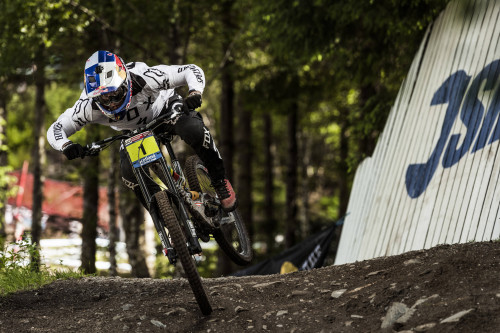
Recent Form
Because the tracks change little, last years results will certainly sway the bookies odds, but other than the victors of 2017 & maybe podiums, the results sheet can leave you less than optimally informed. “Form” that lovely mix of fitness – fatigue + motivation is a transient quality. Comes, goes etc… Key things like physical preparation and team environment not to mention bicycle performance all play their roll. The mental puzzle solving that underpins all DH performance is the one we need to look at coming into round 2. I’m hazarding a guess at 2-3 newish faces on the Fort William podium but an experienced packed Leogang steps for the men and well for the ladies “recent form” points to a 3 way battle between Myriam, Tahnée & Rachel.
A side-note to it all is watching how practice and racing goes at the first of this double-header for those who have camped out at the Fort for a week before versus those who fly in Monday. A little jet-lag versus a little over-exposure!
Tech
The stand-alone season opener in Croatia means many companies and teams probably have some “new tech” to showcase or hide in Fort William, do we really truly care? Emm no, but rumours are a certain 27.5 stalwart team have a 29er ready but won’t ride it. Santa Cruz have a new bike, some guys kits will match their hubs and pedals, the main point is that if you’ve not tested it don’t race it. Throwing back to 2017 and there were a scandalous amount of racers bending 29” wheels in Fort William and struggling to hoard tyres for Leogang to come. The self-inflicted wheel size head-fuck of 2017 is all but behind us I think, so I for one am stoked to see results with asterisk added on come Sunday!
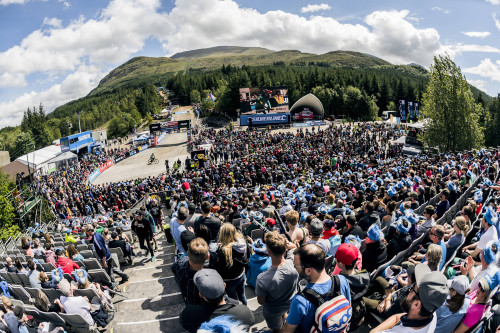
Finish Line
The excitement to go racing again is HUGE! I can’t wait, can’t wait to help athlete’s do their best all week long. Faced with classic tracks and venues, motivation and attention will be keys to performance. Practice builds race-runs, it’s not just their to convince yourself you know what you are doing or to burn brake pads. So managing motivation and expectation will be the name of the game.
Classic track, classic venues are in every great sport; F1, MotoGP, MX, Alpine skiing, Soccer, Sailing and Road cycling. We however don’t have the luxury of black tarmac or a fresh covering of snow. Unique in demands, DH needs some unique solutions to allow us all to keep the motivation peaking. Races like Leogang and Fort William on bi-annual rotation in the future….? Yes please!

